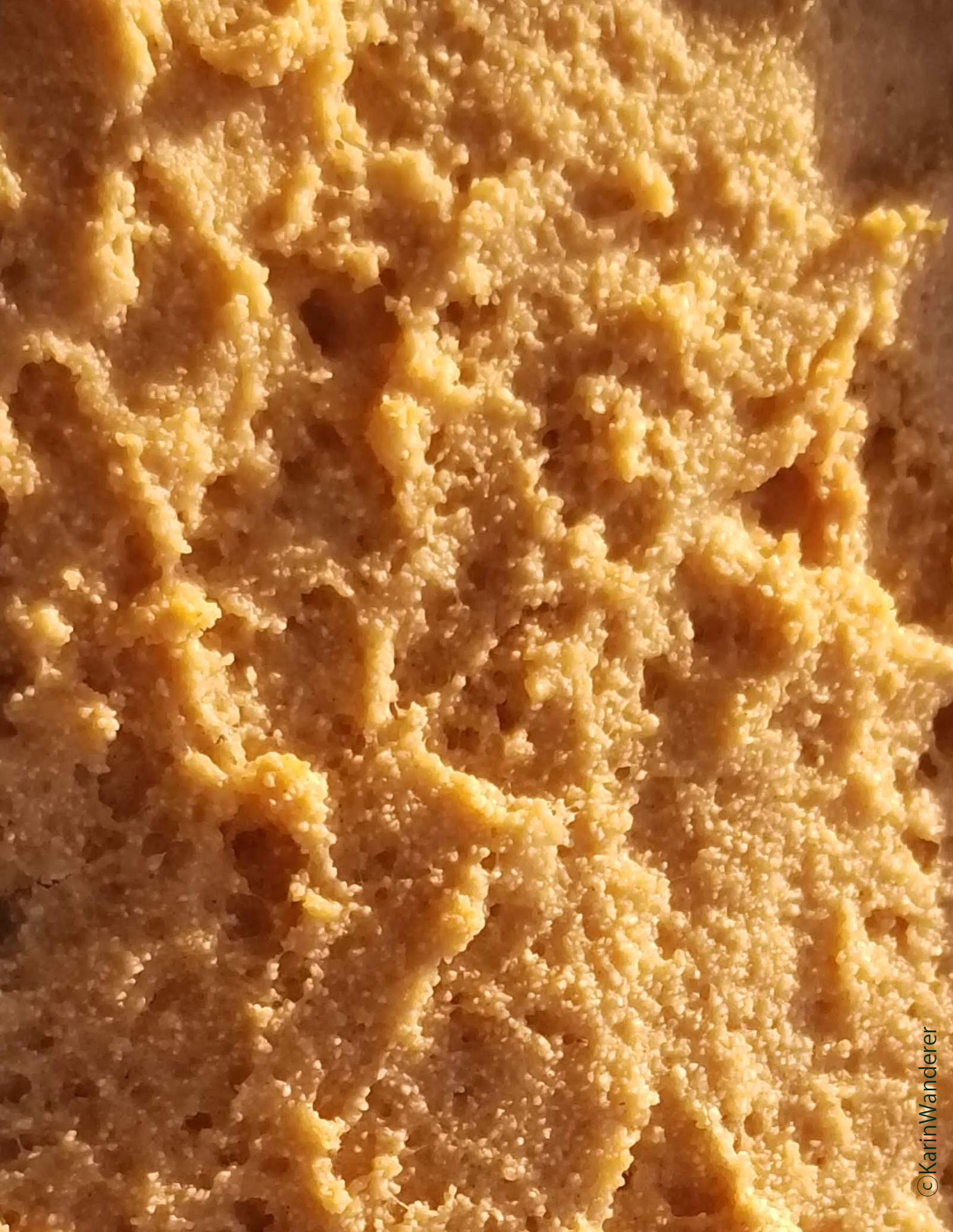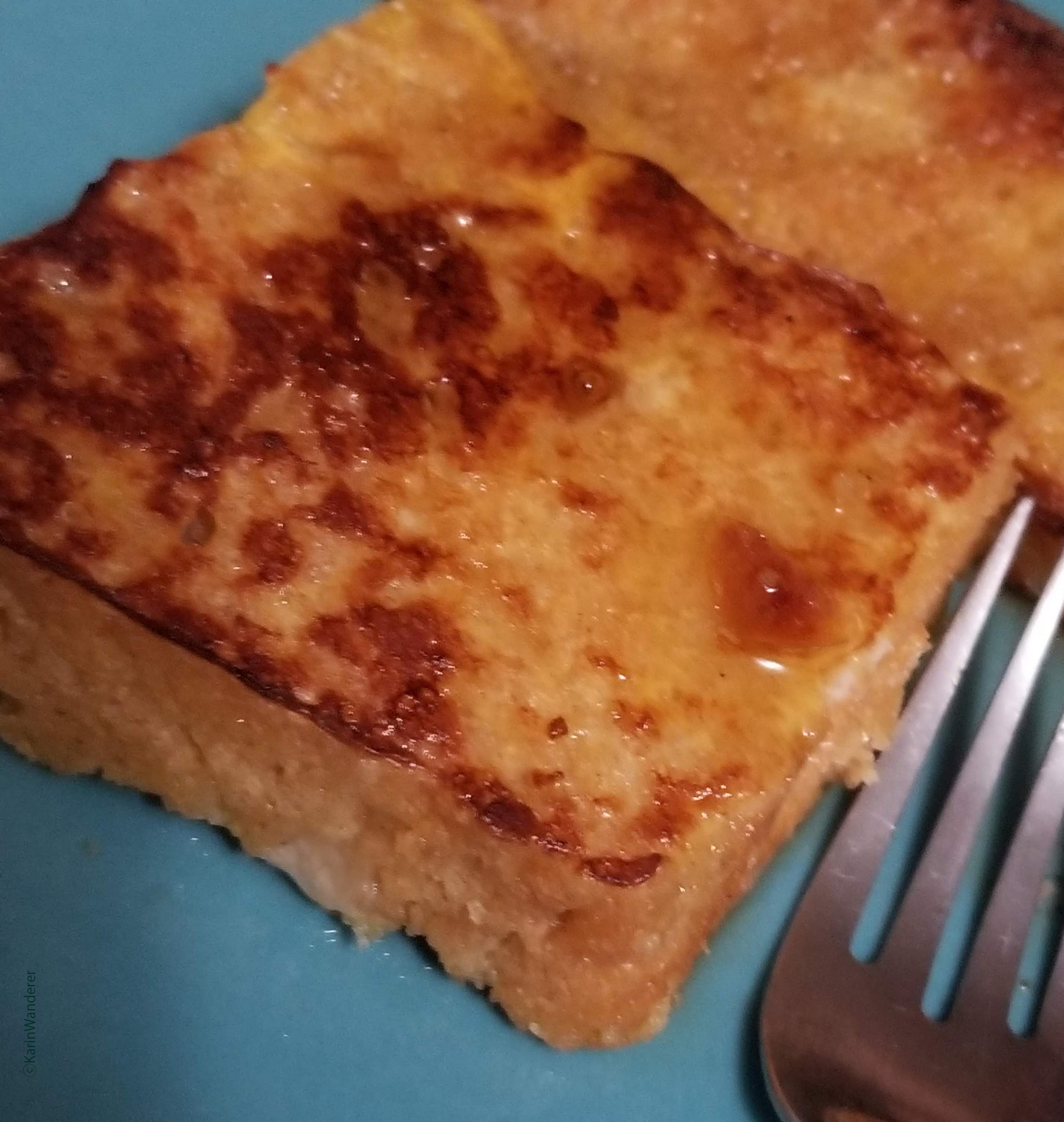Face to Face
February is for Faces
I’m on a mission to draw 29 faces in 29 days! I got a bit lonely on this mission, so I made it into a 2-week art challenge we can all do together.
Join me for the second week of #KWPrompts: #Face drawing challenge Show me how you think! Mastodon Bluesky Ko-Fi Tag me @KarinWanderer &/or #KWPrompts so I see your art! No AI, Yes alt text, CW as needed.

Would you like to know more about drawing faces? No problem! This article you’re reading right now has valuable info! Would you like to know even more? Read Part 1: There Go I But For My Face
And as always…
Practice, Practice, Practice!
No matter what method you use to draw people, you always need to practice! Is drawing a whole face too intimidating? Draw it in small parts.
 The best type of practice is the type you actually do
The best type of practice is the type you actually do
Start with a frame
There are a lot of ways to frame out a face. Try as many different ways as you can find. You might just be surprised by what method works out for you! If you have a reference photo you like, draw wireframes over & over. This helps you see how the facial proportions work together. If you are working digitally it is very easy to layer the different wireframes to see how your different iterations line up. If you are working physically you can do the same with very thin papers & either a light box or a bright window.


Attack of the Clones
Once you have a wireframe you like: use it, use it, use it! This is easy if you work digitally. If you work physically, trace it a few times. Using the same wireframe over & over again helps you see how everything comes together. It also is fun to see how differently you can make people look in spite of starting them from the same wireframe.
 I don’t want to admit how many versions I’ve drawn of this wireframe.
I don’t want to admit how many versions I’ve drawn of this wireframe.
 I really don’t want to admit how many versions I’ve drawn of this woman.
I really don’t want to admit how many versions I’ve drawn of this woman.
Reference Photo vs. Live Model
Drawing with a photo is easy! The subject holds still, indefinitely, so that you can really take your time & pay attention to detail. Drawing a live model is easy! The subject is actually there, so you can look at them from a few different angles & even ask them to pose differently if you like. Drawing with a photo is hard; the angle/lens distortion can really mess up things like perspective/foreshortening that are already difficult, especially for beginners. Drawing a live model is hard; people can’t just hold still & let you practice forever. Think about what pros & cons are most important for you. Try drawing from photos, videos, & from life to see what you like the most. This will depend on your temperament, your resources, your experience & your art style. Everyone will be different!
What do you think? Do you like drawing people? Do you have any favorite tips & tricks? Please, share them with me! Mastodon Bluesky Ko-Fi
Get my art on mugs & vinyl stickers in my Shop!
Donate to support my works & get cool perks on Ko-Fi
Join us for #ArtABCs, the best art challenge on the internet!
Find me
- All pictures posted are my own work.
- All reviews are my own unpaid & unsolicited opinions.






 I prefer the simpler ones, how about you?
* Foreshortening is hard, especially when drawing humans. A suggestion I have seen over & over is to draw a basic face on a hard-boiled egg & use that for reference. I haven’t tried this yet, but I might before the month is over!
* Drawing a face using the Front View, aka facing straight out at the viewer, is very hard! All the features are visible, everything needs to be relatively symmetrical, it’s very easy to get frustrated.
* If you get stumped, do yourself a favor & try Profile (side) or Three-Quarter Views instead.
I prefer the simpler ones, how about you?
* Foreshortening is hard, especially when drawing humans. A suggestion I have seen over & over is to draw a basic face on a hard-boiled egg & use that for reference. I haven’t tried this yet, but I might before the month is over!
* Drawing a face using the Front View, aka facing straight out at the viewer, is very hard! All the features are visible, everything needs to be relatively symmetrical, it’s very easy to get frustrated.
* If you get stumped, do yourself a favor & try Profile (side) or Three-Quarter Views instead.  Or, skip the face entirely and focus on a subject looking away from you.
Or, skip the face entirely and focus on a subject looking away from you.

 This gorgeous friend came & peered in my window the other day. I have been drawing birds ever since! I think this is a Juvenile Cooper’s Hawk.
This gorgeous friend came & peered in my window the other day. I have been drawing birds ever since! I think this is a Juvenile Cooper’s Hawk.


 I posted this turtle painting a year ago, the same week I started my blog.
I posted this turtle painting a year ago, the same week I started my blog. I posted this turtle recently. What a difference a year makes!
I posted this turtle recently. What a difference a year makes! A Movie I’ve Loved Since I First Saw It
A Movie I’ve Loved Since I First Saw It Is this line art, or line-y art?
Is this line art, or line-y art?


 Did this need so many lines? Heck no. Did I enjoy drawing so many lines? Heck yes!
Did this need so many lines? Heck no. Did I enjoy drawing so many lines? Heck yes! Feast your eyes on this wire mesh strainer, ye mighty, & despair!
Feast your eyes on this wire mesh strainer, ye mighty, & despair! Now feast your eyes on this wire mesh strainer, ye mighty, & despair!
Now feast your eyes on this wire mesh strainer, ye mighty, & despair! ”PumpkinBat!” cries the wizard, & what can I do but oblige them?
”PumpkinBat!” cries the wizard, & what can I do but oblige them? My version of Xingling from “The Nian Monster” by Andrea Wang & Alina Chau
My version of Xingling from “The Nian Monster” by Andrea Wang & Alina Chau The Green Sea Turtle is the largest of all the hard-shelled sea turtles.
The Green Sea Turtle is the largest of all the hard-shelled sea turtles.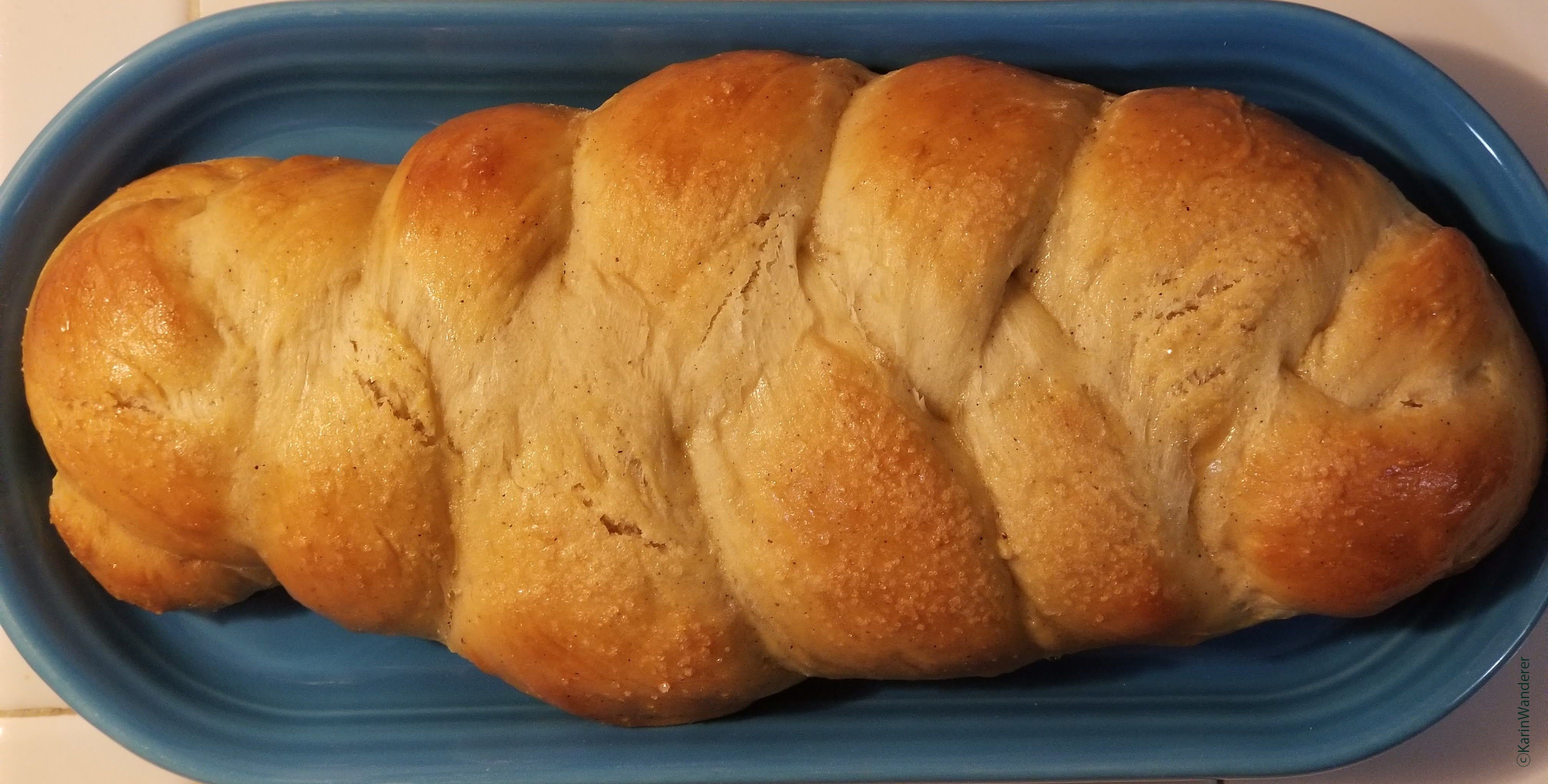 Recipe makes 3 loaves this size
Recipe makes 3 loaves this size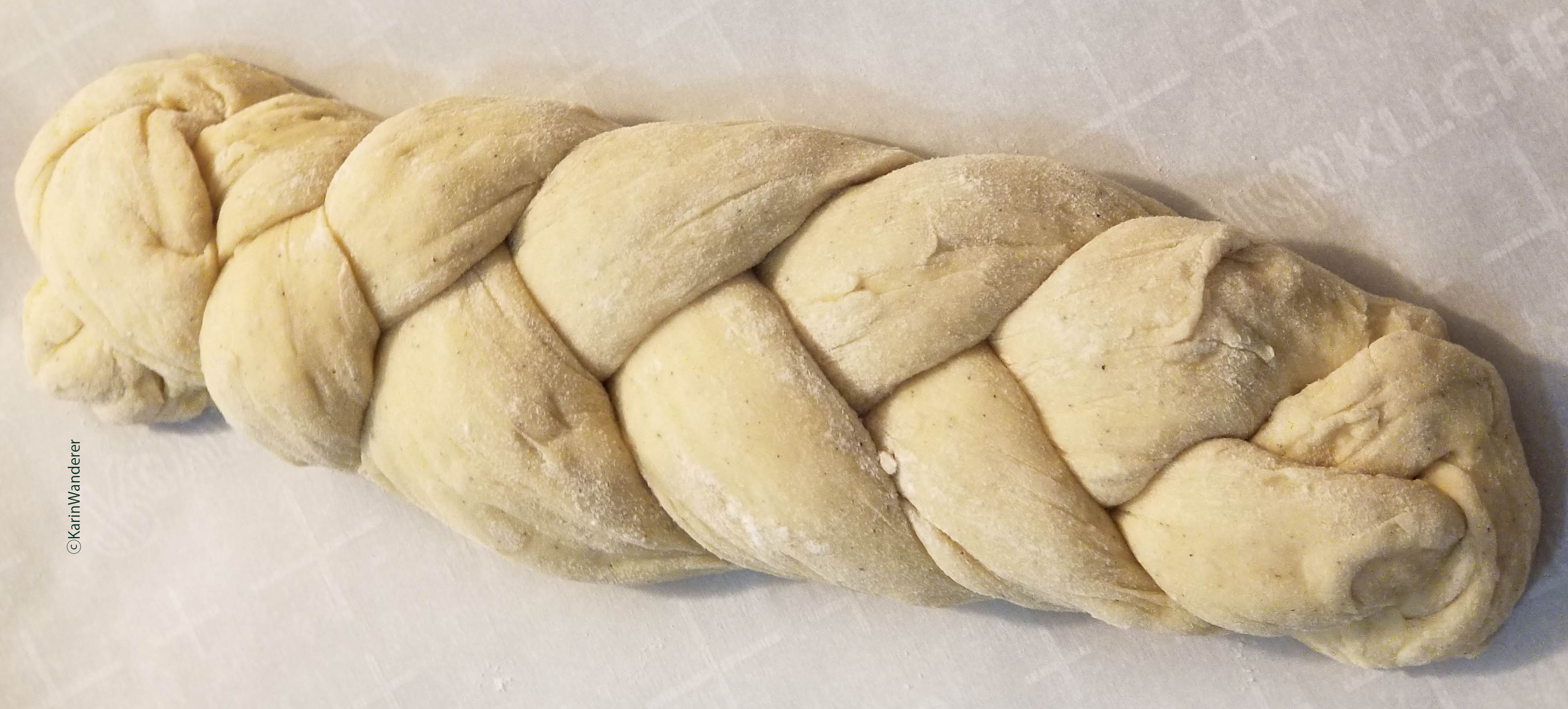
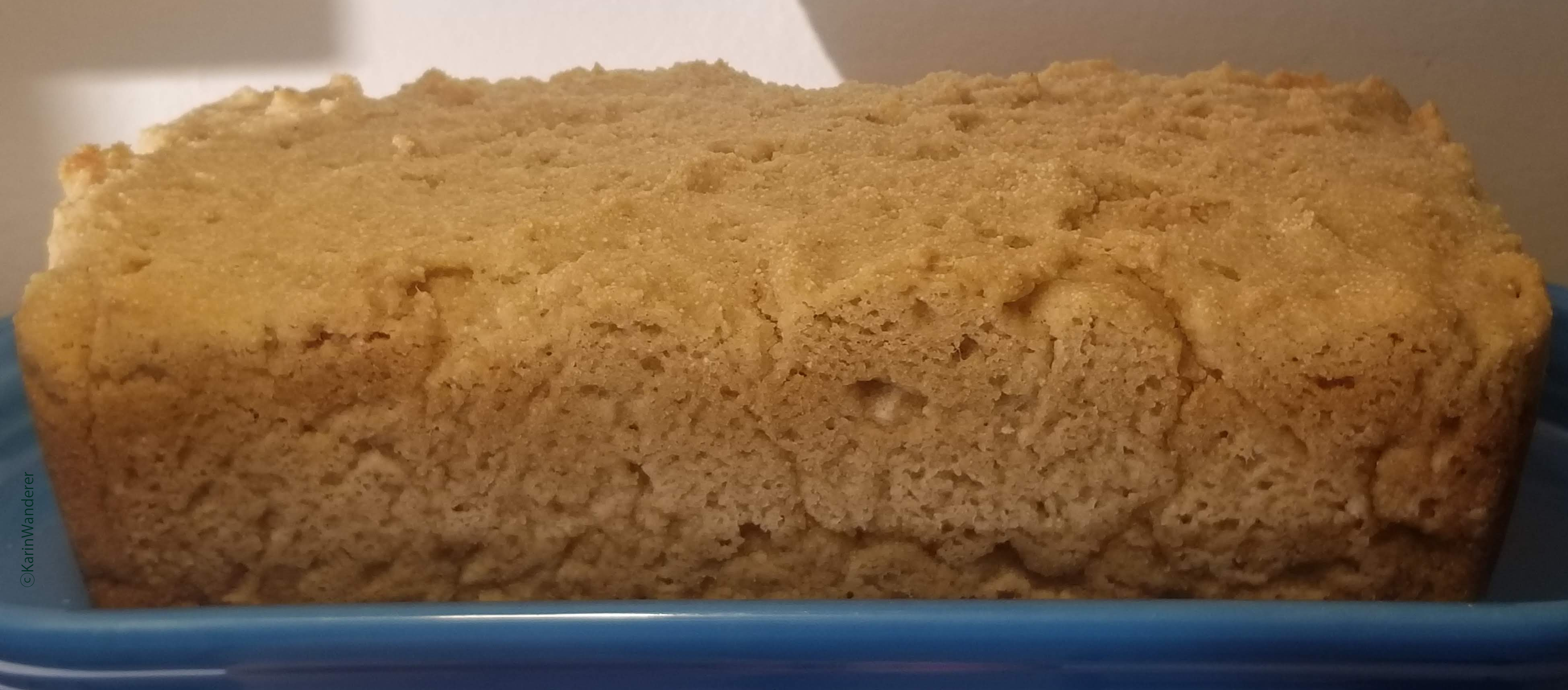 Apologies for the bad pic, I was fighting off hungry people.
Apologies for the bad pic, I was fighting off hungry people.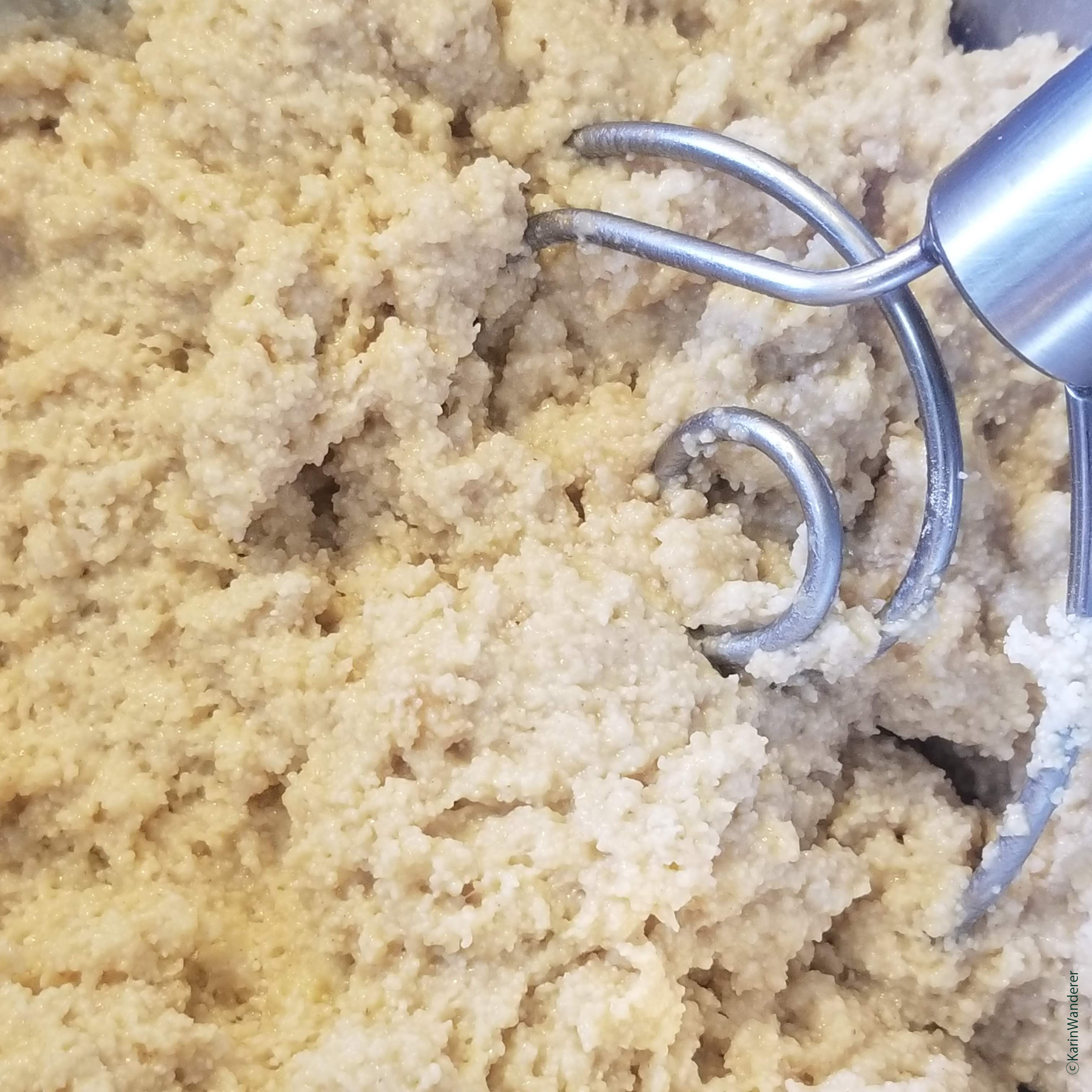 If you use semolina flour, your dough will look like wet sand. That’s ok!
If you use semolina flour, your dough will look like wet sand. That’s ok!